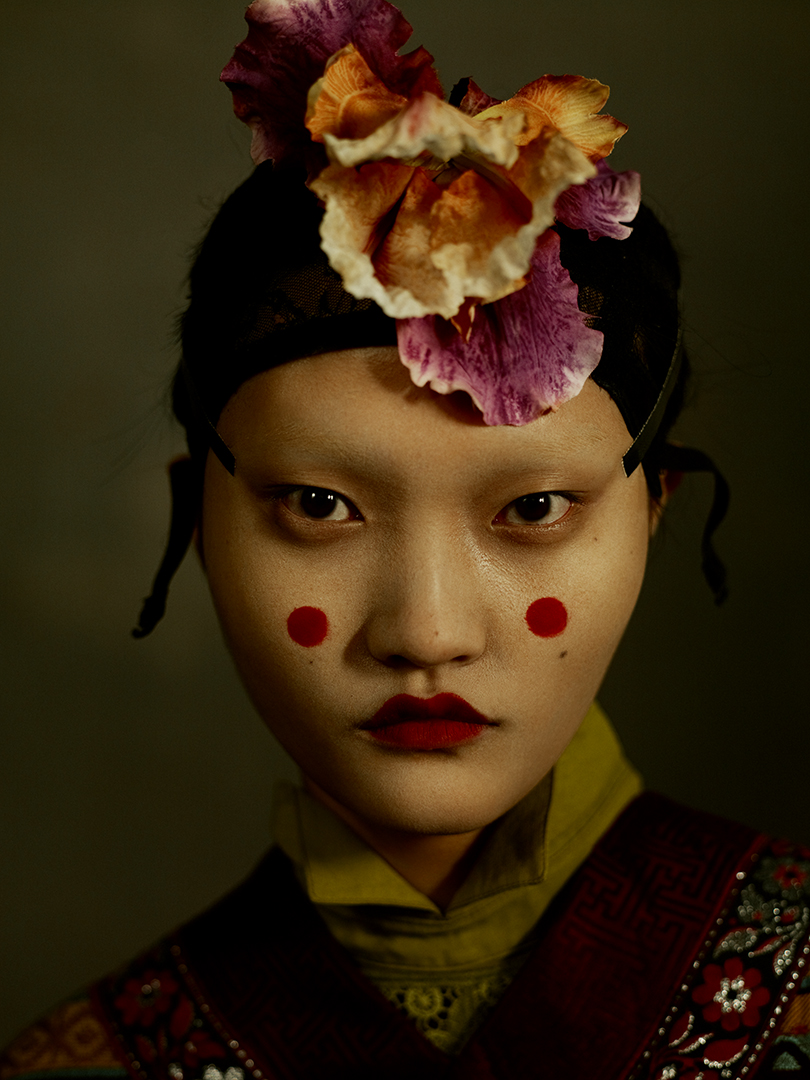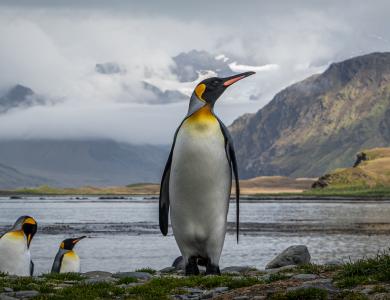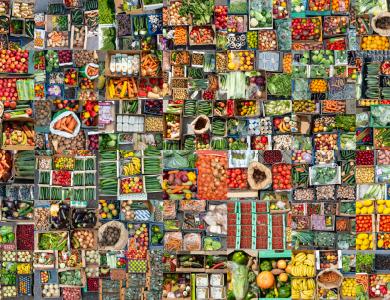
Photographer and painter Kiki Xue grew up in China and moved to Paris to pursue his creative expression. He answers our quick-fire questions and takes over our Instagram feed for the week, which you can enjoy here.
We are featuring some images from your series The Pecking Opera on the World Photography Organisation’s Instagram this week. How did you conceive the project?
The Peking Opera series is a visual exploration where I combined traditional Chinese culture and western art. Oriental culture relies on spiritual expression, but western art lies in shapes. I reconstructed the Peking Opera and made them more modern, more interesting. At the same time, I wanted to ensure balance and shape were well executed in each portrait. I feel the image where the model is blowing the bubble (see Instagram) vividly expresses this aim. I grew up in China and now live in Paris, and you know, sometimes I miss Chinese culture very much. I am in the mood to look at the Chinese culture again.
When did you first pick up a camera?
The first time I used a camera was when I was 9 years old, for a photography competition which was held at my school. My mother borrowed a Kodak camera, I treasured every shot and roll of film I took.
You are a photographer and a painter. What came first and does one influence the other?
When I was a child, I studied sketches for a long time and focused on how to draw eggs. Later, I came to colour painting and found this was my favourite medium. I only spent three days studying colour painting and then took an exam in it. Of course, the result was a mess, but my passion for colours obviously started from that time. I might be born with a sensitivity to colour, so that colour is a unique part of my photography.
After the exam, I did not paint anymore, but concentrated on studying. In my second year at university I learned how to take pictures. Up to now, I have been using photography as a language to convey ideas, and I also began to use colours in abstract paintings, and they impacted each other.
Your portraits have a strong sense of intimacy, between you and the subject. Can you tell us about the atmosphere you create during a sitting?
My photography is more about the creation of portraits, just like a blanket oil painting, through the imagination of the characters. I then look at how to use the light and shadow to make the composition more vivid. Compared to painting, photography is more straightforward. I love observing people, and I also hope that my portrait characters are observing me, and readers can easily get to know me through photographs.
How do you balance your commercial and personal projects?
I can learn more experiences from the commercial work and then use them on my personal projects. I like the way these two are intertwined with each other. In fact, I am so glad and happy all of my commercial customers are friendly and they respect my opinions. They also give me a lot of support for my works.
You grew up in China and now live in Paris. What was it about this city that appealed to you as a photographer?
The professionalism and freedom for art and fashion. Of course the simple life that allows me to focus on my creation. I love Paris.
To what extent has your background influenced your photographic work?
I am quite a reserved person. I like to live peacefully and be close to nature since I was young, and such a peaceful state of mind can also be found in my photography. There is no doubt that I hope this peaceful feeling can exist in both my work and myself.



